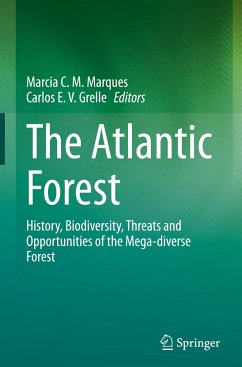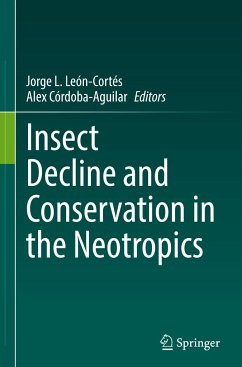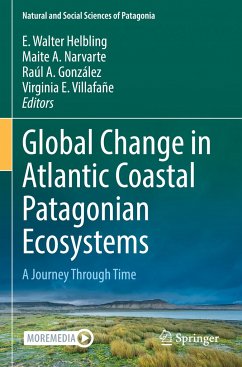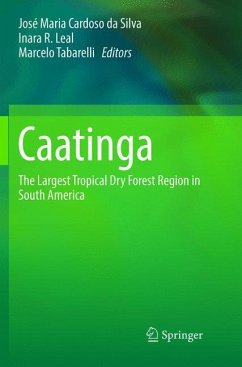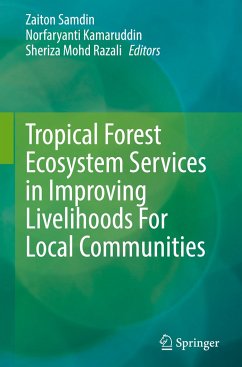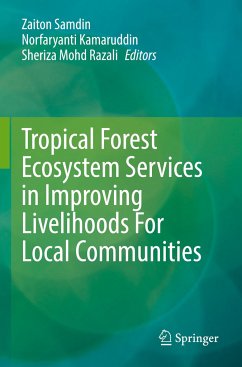
The Atlantic Forest
History, Biodiversity, Threats and Opportunities of the Mega-diverse Forest
Herausgegeben: Marques, Marcia C. M.; Grelle, Carlos E. V.
Versandkostenfrei!
Versandfertig in 6-10 Tagen
171,99 €
inkl. MwSt.

PAYBACK Punkte
86 °P sammeln!
The Atlantic Forest is one of the 36 hotspots for biodiversity conservation worldwide. It is a unique, large biome (more than 3000 km in latitude; 2500 in longitude), marked by high biodiversity, high degree of endemic species and, at the same time, extremely threatened. Approximately 70% of the Brazilian population lives in the area of this biome, which makes the conflict between biodiversity conservation and the sustainability of the human population a relevant issue. This book aims to cover: 1) the historical characterization and geographic variation of the biome; 2) the distribution of the...
The Atlantic Forest is one of the 36 hotspots for biodiversity conservation worldwide. It is a unique, large biome (more than 3000 km in latitude; 2500 in longitude), marked by high biodiversity, high degree of endemic species and, at the same time, extremely threatened. Approximately 70% of the Brazilian population lives in the area of this biome, which makes the conflict between biodiversity conservation and the sustainability of the human population a relevant issue. This book aims to cover: 1) the historical characterization and geographic variation of the biome; 2) the distribution of the diversity of some relevant taxa; 3) the main threats to biodiversity, and 4) possible opportunities to ensure the biodiversity conservation, and the economic and social sustainability. Also, it is hoped that this book can be useful for those involved in the development of public policies aimed at the conservation of this important global biome.



